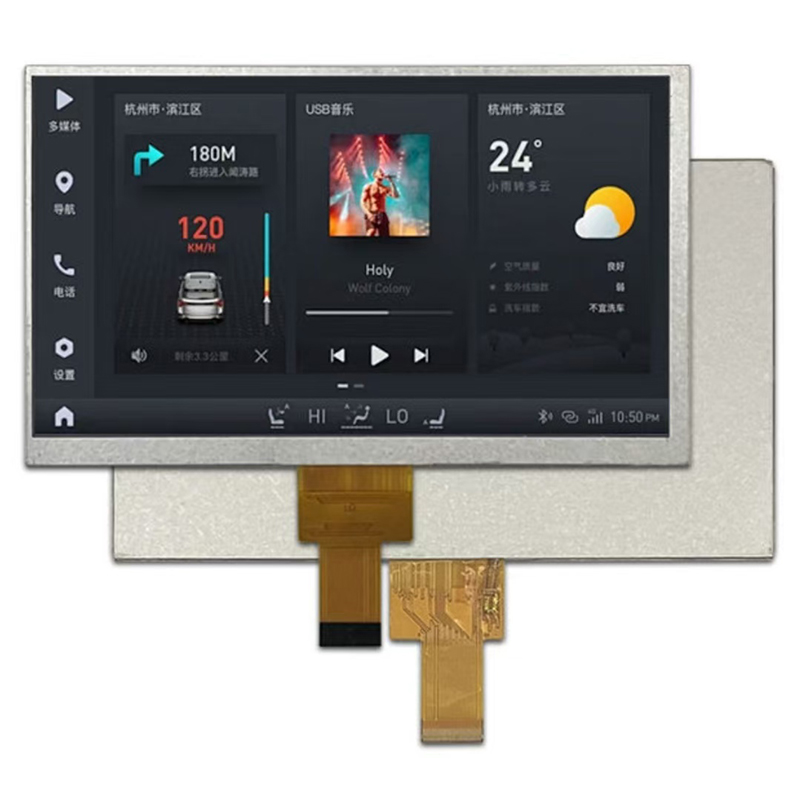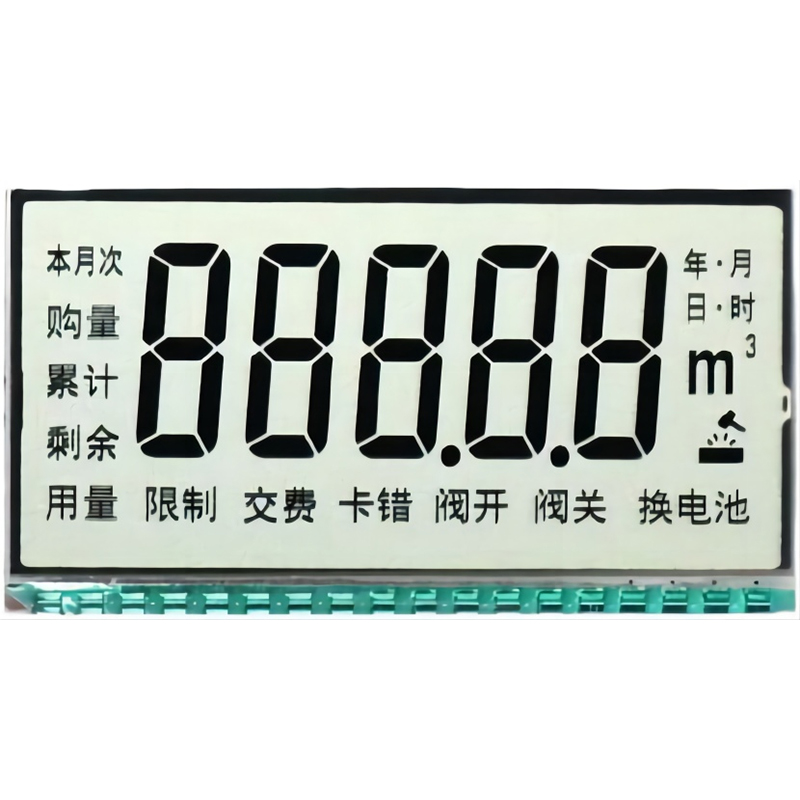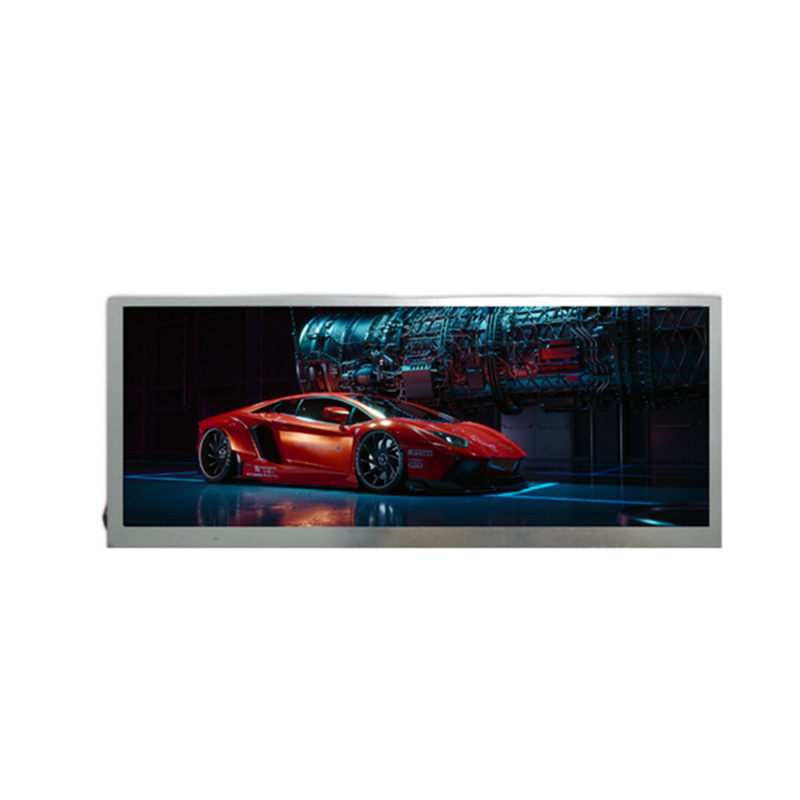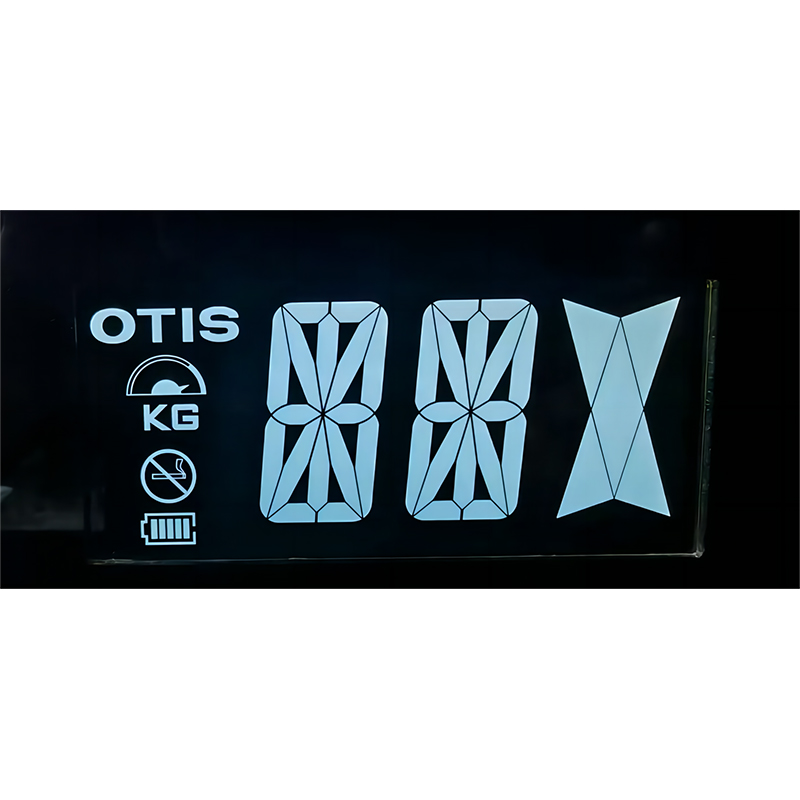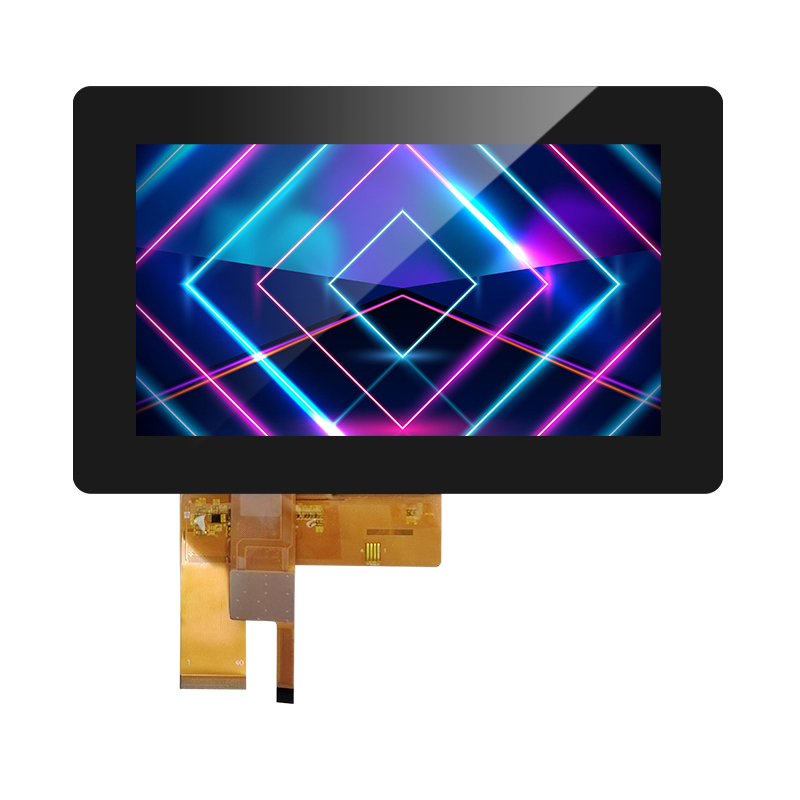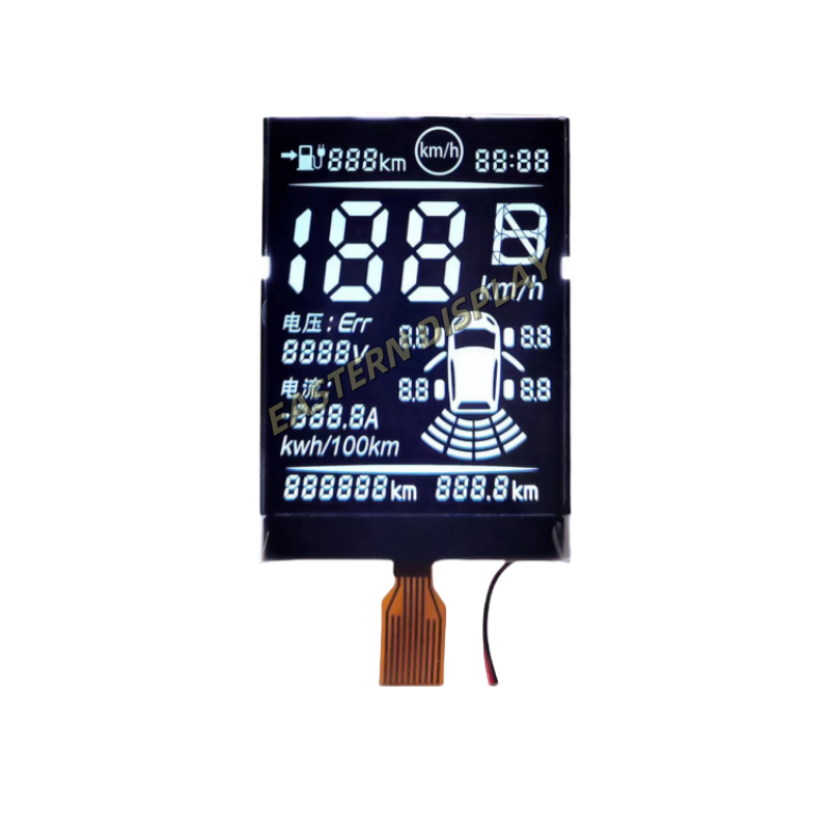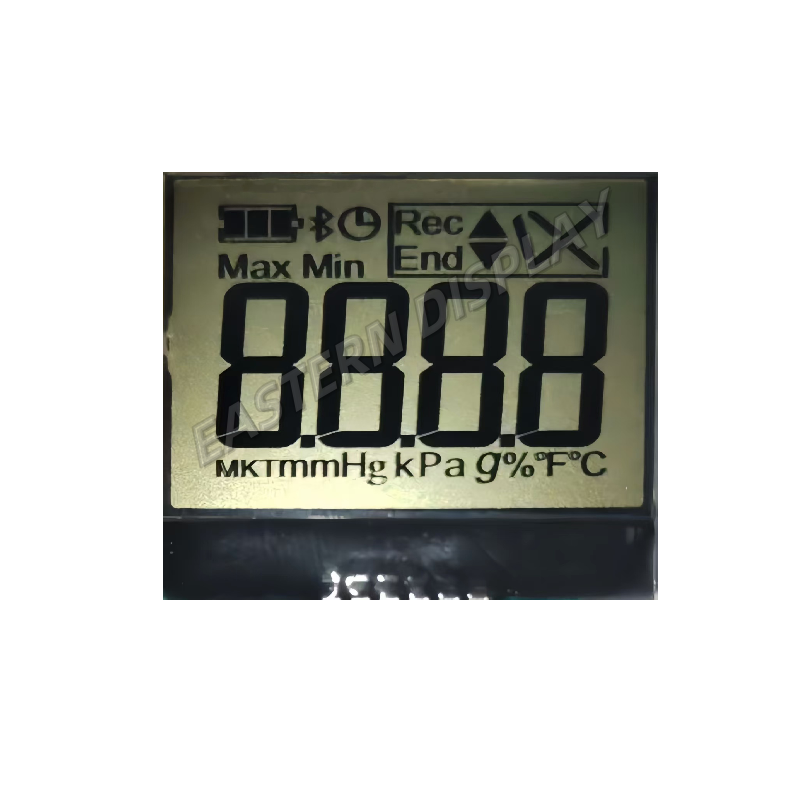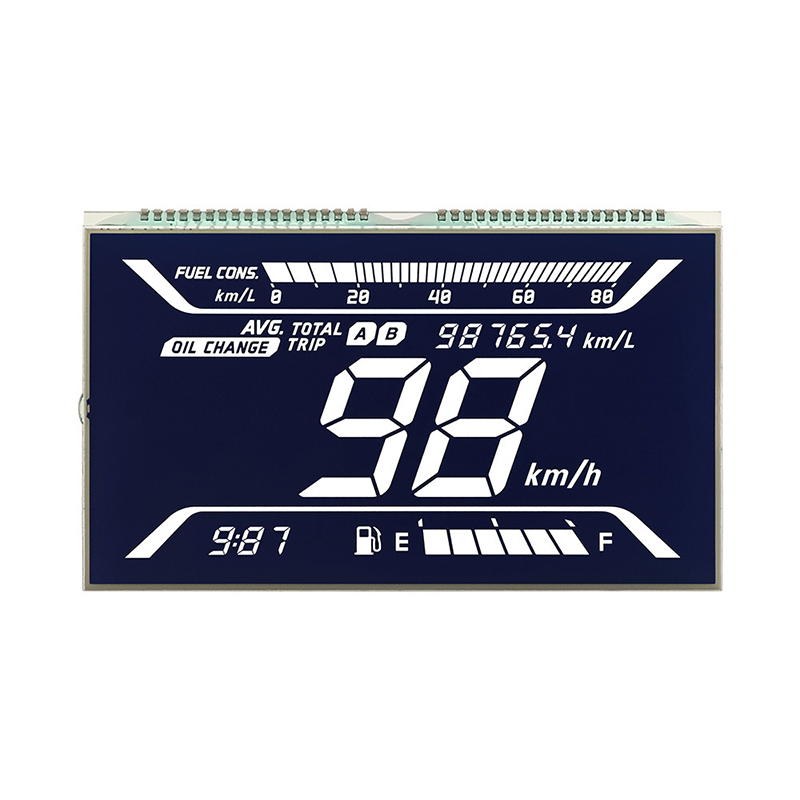
This guide provides a detailed explanation of how to interface I2C and SPI protocols, covering their differences, conversion methods, and practical applications. Learn about various hardware and software solutions for efficient I2C to SPI interface conversion, including common challenges and troubleshooting tips. We'll explore different scenarios and offer practical examples to help you successfully implement this conversion in your projects.
I2C (Inter-Integrated Circuit) is a multi-master, serial communication bus widely used for short-distance communication between microcontrollers and peripherals. Its key features include simple hardware requirements, low cost, and support for multiple devices on a single bus. I2C uses two wires: SDA (Serial Data) and SCL (Serial Clock). Data transmission is controlled by the clock signal, making it a synchronous protocol. A critical aspect to consider is its relatively lower data transfer rate compared to SPI.
SPI (Serial Peripheral Interface) is another popular serial communication protocol, known for its high data transfer rates and full-duplex communication capability. It employs four wires: MOSI (Master Out Slave In), MISO (Master In Slave Out), SCK (Serial Clock), and SS (Slave Select). The SS pin allows for selecting individual slave devices on the bus. SPI offers better performance than I2C for high-speed data transfers, however, it requires more pins.
The table below summarizes the key differences between I2C and SPI protocols:
| Feature | I2C | SPI |
|---|---|---|
| Number of wires | 2 | 4 |
| Data rate | Relatively low | Relatively high |
| Communication mode | Half-duplex | Full-duplex |
| Master/Slave | Multi-master | Single master |
Several dedicated hardware chips facilitate I2C to SPI interface conversion. These chips often include features like level shifting and buffering, simplifying the design process. Examples include specific ICs from manufacturers like Texas Instruments and Maxim Integrated. Choosing the right chip depends on factors such as data rate requirements and power consumption.
Software-based conversion is feasible, particularly when utilizing a microcontroller with sufficient processing power. This involves writing firmware that emulates the SPI protocol on the I2C bus or vice versa. This approach requires a deeper understanding of both protocols and the capabilities of the chosen microcontroller. Libraries like those provided by Arduino or other microcontroller platforms can simplify this process significantly.
Converting between I2C and SPI is essential in various applications. For instance, integrating an I2C sensor with an SPI-based microcontroller or connecting an SPI display to an I2C-based system. A common example is using a level shifter IC for I2C to SPI interface where the voltage levels of two systems don't match. Detailed code examples and circuit diagrams can often be found on sites like GitHub or in microcontroller datasheets.
Debugging I2C to SPI interface conversions can be challenging. Common issues include incorrect wiring, clock synchronization problems, and data corruption. Systematic troubleshooting involves verifying the hardware connections, checking signal integrity using an oscilloscope, and inspecting the firmware for potential errors. Utilizing logic analyzers helps visualize the data flow on both buses.
For further assistance with LCD displays and related components, consider exploring the resources available at Dalian Eastern Display Co., Ltd. They offer a wide range of high-quality display solutions.
1 Datasheets from respective manufacturers (Texas Instruments, Maxim Integrated, etc.).

